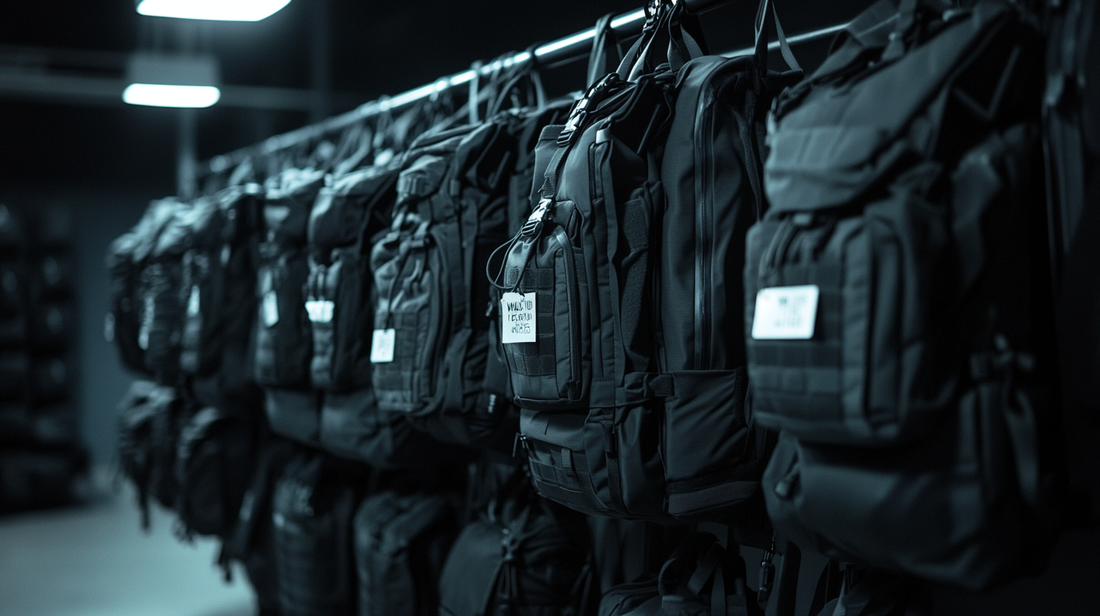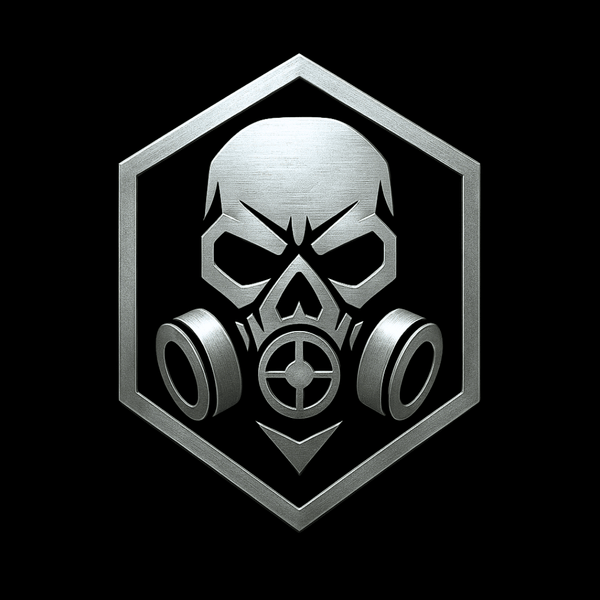
Survival Kits You Should Always Have Ready
Share
The Survival Kits Every Prepared Person Should Own
Six critical kits you never want to be without
Being ready is not about owning one good bag. It’s about being equipped across categories that matter, health, shelter, mobility, defense, and communication. The best survivors do not guess. They build systems that cover real gaps.
These are the core survival kits every serious person should have ready and organized, no matter where they live.
1. Medical Kit
Injury kills faster than thirst or hunger. Your medical kit must cover trauma, infection, and basic emergencies. Include antiseptics, gauze, compression bandages, gloves, burn gel, suture strips, a tourniquet, tweezers, painkillers, and electrolyte packets. Pack in layers: fast-access gear on top, bulk backups beneath. This kit should be ready whether you are in your home, car, or bugging out.
2. Navigation and Signal Kit
When GPS dies, you move with what you know or get lost fast. This kit includes paper maps, a quality compass, waterproof markers, a notepad, a whistle, a signaling mirror, flares, and a battery-powered beacon if available. Night vision or IR glow sticks add bonus capability. If you can’t orient or signal, you’re blind and alone.
3. Water Kit
Thirst breaks people faster than almost anything. This kit includes water filtration (Sawyer, Lifestraw), purification tablets, a collapsible water bag, metal container for boiling, and backup sealed bottles. Add a small towel, iodine tabs, and foldable cup. If the water around you is dirty, your system should still run clean.
4. Fire and Shelter Kit
Without fire and cover, cold kills. Pack a ferro rod, waterproof matches, compact tinder, a fireproof base, and a lighter. For shelter, include a thermal bivvy, mylar blanket, tarp, paracord, and tent stakes. Everything should fit in one stuff sack. This is the line between sleep and shivering, between recovery and breakdown.
5. Communication and Power Kit
The world goes quiet in collapse. Stay louder. This kit holds a solar charger, power bank, crank radio, USB cables, spare batteries, backup phone with offline maps, a flashlight with strobe, and possibly a walkie-talkie set or HAM receiver. If you can’t hear, can’t see, can’t speak, you’re cut off. Do not rely on signal. Build your own.
6. Security and Tools Kit
Preparedness without security is fantasy. This kit includes a fixed blade knife, multitool, headlamp, gloves, duct tape, zip ties, carabiners, crowbar or pry tool, and pepper spray or self-defense item where legal. If you have a weapon system, keep its accessories and basic maintenance gear in this kit. Strength means options.
Final Note
You don’t survive by having one bag with twenty mismatched items. You survive by understanding systems, building for each mission, and keeping these critical kits packed, placed, and practiced. Whether you live in a city or the wilderness, these six kits are the core. You don’t improvise them in a panic. You build them now.
If your gear is ready, you are ready.
